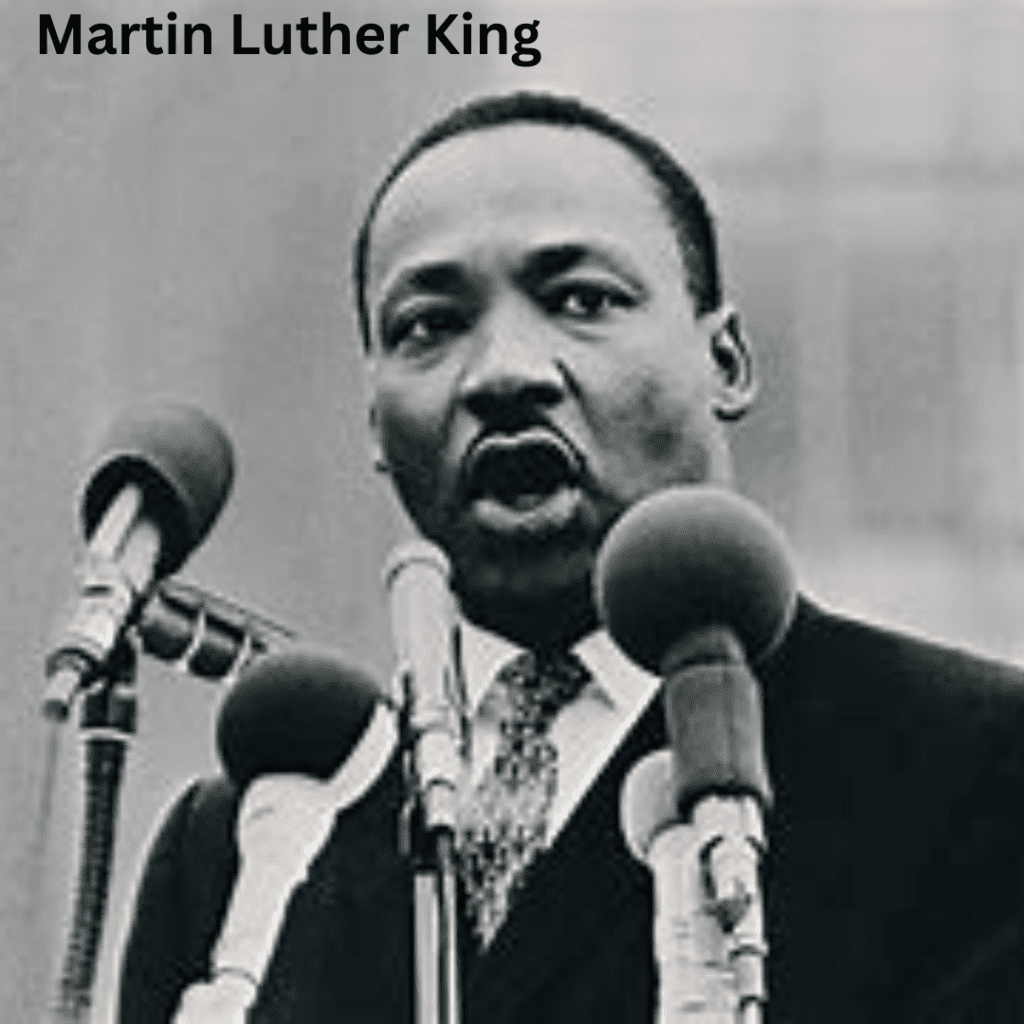Martin Luther King: A Journey Through His Life

Explore the life and legacy of Martin Luther King Jr. Discover his impactful speeches, civil rights activism, and the ongoing influence of his vision for equality.
Trending News Fox, Digital Desk Team, Kolkata
Edited by Saibal Bose
Martin Luther King Jr.: A Journey Through His Life
Martin Luther King Jr. stands as one of the most influential figures in modern history. King was born on January 15, 1929, in Atlanta, Georgia. His life was marked by a relentless pursuit of justice, equality, and peace. As a Baptist minister and activist, he played a key role in the American civil rights movement. He left an indelible mark on the struggle against racial discrimination in the United States. This article takes a closer look at the milestones and legacy of his extraordinary life.
Early Life and Education
Martin Luther King Jr. was born to Reverend Martin Luther King Sr. and Alberta Williams King. Growing up in a deeply religious household, he was instilled with values of faith, dignity, and resilience. King excelled in academics. He skipped both the ninth and twelfth grades. He enrolled at Morehouse College at the age of 15. There, he was inspired by Dr. Benjamin Mays, the college president, whose vision of social justice shaped King’s worldview.
King earned a Bachelor of Arts in Sociology in 1948. He then attended Crozer Theological Seminary in Pennsylvania. He graduated there as class valedictorian. He went on to earn a doctorate in systematic theology from Boston University in 1955. During his time in Boston, he met Coretta Scott. She would become his wife and steadfast partner in the civil rights struggle.
The Montgomery Bus Boycott
King’s rise to prominence began in 1955 with the Montgomery Bus Boycott. Rosa Parks’ arrest for refusing to give up her seat to a white passenger sparked the boycott. It lasted for over a year. As the leader of the Montgomery Improvement Association, King’s powerful oratory and nonviolent approach drew national attention. The boycott led to a Supreme Court ruling. This ruling declared segregation on public buses unconstitutional. It was a landmark victory for the civil rights movement.
Leadership in the Civil Rights Movement
In 1957, King co-founded the Southern Christian Leadership Conference (SCLC), an organization dedicated to achieving civil rights through nonviolent resistance. Inspired by Mahatma Gandhi’s philosophy, King led many campaigns that challenged segregation and injustice across the South.
One of King’s most iconic moments came on August 28, 1963, during the March on Washington for Jobs and Freedom. He addressed a crowd of over 250,000 people at the Lincoln Memorial. He delivered his famous “I Have a Dream” speech. He envisioned a future. In this future, people would be judged by the content of their character. They would not be judged by the color of their skin. This speech solidified his place as a symbol of hope and change.
Achievements and Recognition
King’s efforts led to significant legislative changes. These changes included the Civil Rights Act of 1964 and the Voting Rights Act of 1965. In 1964, he became the youngest recipient of the Nobel Peace Prize. He was recognized for his unwavering commitment to nonviolence and social justice.
Despite his achievements, King faced constant threats and opposition. His advocacy for economic justice and opposition to the Vietnam War drew criticism from many quarters. Yet, he remained steadfast in his mission, expanding his focus to tackle poverty and inequality on a broader scale.
Assassination and Legacy
On April 4, 1968, Martin Luther King Jr. was assassinated in Memphis, Tennessee, while supporting striking sanitation workers. His death sent shockwaves around the world, but his legacy endures.
Today, King is celebrated as a champion of human rights. His birthday, observed as Martin Luther King Jr. Day, is a federal holiday in the United States. This day is devoted to reflecting on his contributions. It also encourages continuing the fight for equality.
Conclusion
Martin Luther King Jr.’s life was a testament to the power of courage, conviction, and compassion. His vision for a more just and fair world continues to inspire millions. As we think about his journey, we are reminded of the enduring importance of standing up against injustice. We also remember the vital work needed to build a society rooted in equality and peace.
Discover more from Trending News Fox
Subscribe to get the latest posts sent to your email.





